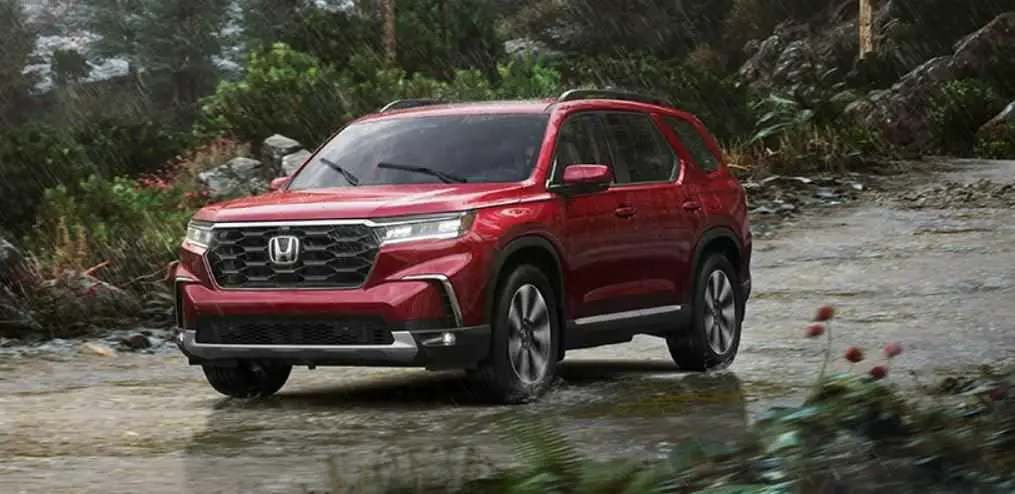The hydraulic braking system of the 2024 Honda Passport transfers force from the brake pedal to the brake pads via brake fluid, which causes friction and slows down the car.
What type of brakes does the 2024 Honda Passport have
For improved stopping power and heat dissipation, the 2024 Honda Passport is fitted with solid rear disc brakes and power-assisted ventilated front disc brakes.
To make sure the brake fluid level is within the recommended range, it is advised to check it frequently. Usually, this is done during routine maintenance intervals.
Although aftermarket brake pads are available, for best performance and safety, use original equipment manufacturer-recommended brake pads or high-quality alternatives..
It may be necessary to inspect and possibly replace the brake pads if you hear screeching sounds, experience a grinding sensation when applying the brakes, or both.
Brake rotor warping may be indicated by vibrations felt during braking. Get a qualified technician to examine them, and replace them if needed
Some people can perform simple inspections, like checking the levels of brake fluid, but it’s best to leave complicated jobs, like replacing pads or rotors, to qualified experts.
Brake pads typically last between 30,000 and 70,000 miles, though this can vary depending on driving conditions and habits.
Small sounds, such as a faint squeal, are common, but loud, continuous, or grinding sounds need to be checked for safety.
When engaged, the parking brake is a mechanical device that applies braking pressure to the back wheels to keep the car in a stationary position.
Yes, applying the parking brake secures the car and provides an additional layer of safety, particularly when parking on an incline or for a long time.
The brakes may experience increased wear and tear from towing large objects, which could shorten their lifespan. In these situations, routine maintenance and inspections become even more important.
When applying severe braking, the ABS system helps keep wheels from locking up, which keeps the driver’s control of the steering on slick surfaces.
If you have brake-related issues while operating a motor vehicle, pull over to a safe location and arrange for the vehicle to be towed to a Honda-certified service center for inspection and repairs.
Useful Link
View Full PDF : 2024 Honda Passport Owner’s Manual |Auto User Giude
2024 Honda Passport Safe Driving | Features Guidelines

